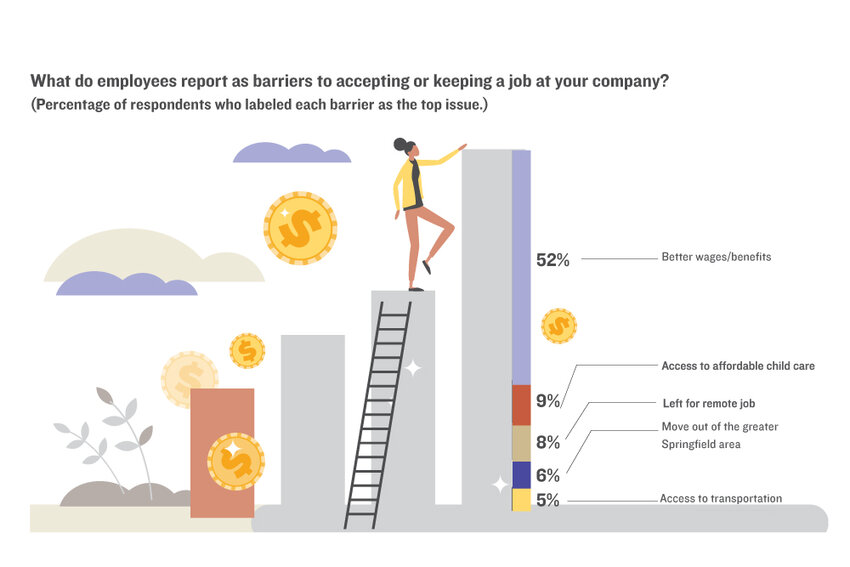

Most end up working for others for years, if not decades, gaining no significant insight into how businesses operate, attract clients, and negotiate.Īrchitects who take that route tend to stick to the outdated model of trading hours for dollars. We compete for the same clients who can afford good design and seek jobs that will allow us to exercise our creative freedom and gain exposure. Still, it also means that far too many of us are entering the workforce each year. The number of licensed architects is growing, and the average age of those achieving licensure is at an all-time low may appear to be encouraging at first.

Business Model in Architecture_©Slidebean, While this unfortunate state is gradually changing, there is no getting around the fact that the majority of our schools are still based on an outmoded educational model that is as disconnected from the reality of the AEC industry as most mainstream architectural practices are unwilling to adapt to cultural and technological shifts occurring in other industries.

Besides infrequent mentions of clients in architecture schools, students are mostly denied business management and profit maximisation lessons.
#Business in architecture professional
This stereotype is not entirely baseless: disdain for business is instilled in us throughout our education and professional lives. Architects have a terrible reputation in the business.


 0 kommentar(er)
0 kommentar(er)
